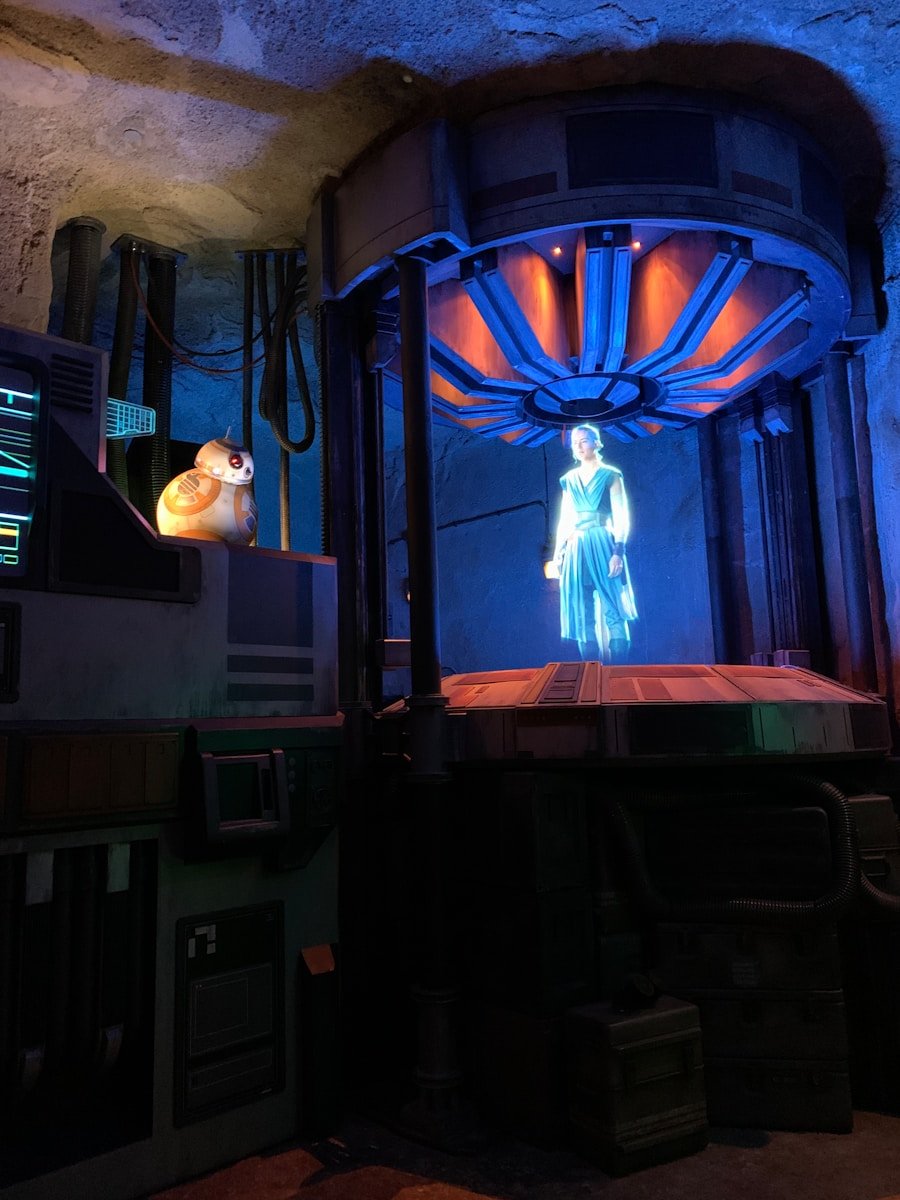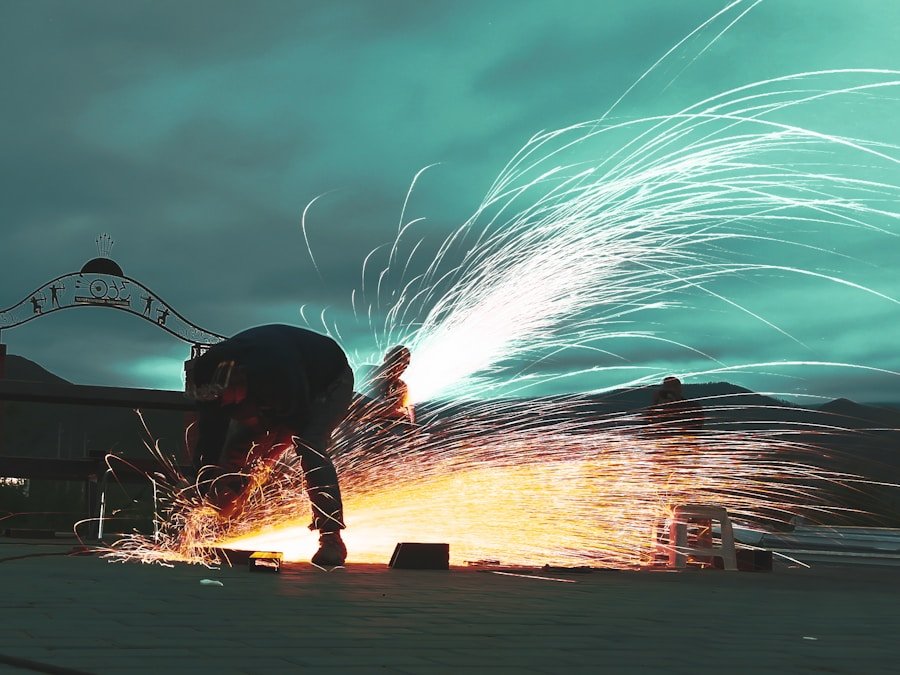Now Reading: Does Final Fantasy VII Rebirth Live Up to the Hype? A Brutally Honest Take
-
01
Does Final Fantasy VII Rebirth Live Up to the Hype? A Brutally Honest Take
Does Final Fantasy VII Rebirth Live Up to the Hype? A Brutally Honest Take

As I reflect on the impact of Final Fantasy VII, I am reminded of how this game transcended the boundaries of traditional role-playing games (RPGs) and became a cultural phenomenon. Released in 1997, it was not just a game; it was an experience that introduced many players, including myself, to a rich narrative, complex characters, and a world that felt alive. The story of Cloud Strife and his companions resonated with players on a personal level, exploring themes of identity, loss, and redemption.
The game’s innovative use of 3D graphics and cinematic storytelling set a new standard for the genre, making it a benchmark against which all subsequent RPGs would be measured. Fast forward to the present day, and the legacy of Final Fantasy VII continues to loom large in the gaming landscape. The announcement of a remake sparked excitement and trepidation among fans like me, who were eager to see how the beloved classic would be reimagined for a new generation.
Would it honor the original while also embracing modern gaming sensibilities? As I delve into the various aspects of the remake, I find myself grappling with nostalgia and curiosity, eager to see if this new iteration can capture the magic that made the original so unforgettable.
Key Takeaways
- The legacy of Final Fantasy VII continues to shape the gaming industry and has left a lasting impact on players and developers alike.
- The gameplay and mechanics of the remake offer a modern update while still retaining the essence of the original, providing a fresh experience for both new and old fans.
- The graphics and visuals in the remake deliver on their promise, immersing players in a stunning and detailed world that brings the iconic locations to life.
- The story and characters in the remake preserve the iconic elements of the original while also introducing new layers and depth to the beloved cast.
- The music and sound design in the remake successfully capture the magic of the original, enhancing the emotional impact of the game.
- The reception and fan response to the remake have been divisive, with some praising the changes and others expressing disappointment in the alterations.
- In comparison to the original, the remake is a worthy successor that pays homage to its predecessor while forging its own path in the Final Fantasy VII universe.
- The final verdict is that Final Fantasy VII Rebirth lives up to the hype, offering a nostalgic yet fresh experience that honors the legacy of the original game.
Gameplay and Mechanics: A Modern Update or a Step Backward?
A Refreshing Sense of Engagement
As I delved deeper into the game, I discovered a newfound sense of engagement. The ability to switch between characters during combat added layers of strategy, making each encounter feel dynamic and exhilarating. The real-time combat created a sense of urgency, forcing me to think on my feet and adapt to changing circumstances.
A Balancing Act
, I couldn’t help but feel that the remake’s modern update came at the cost of some of the original’s strategic depth. The turn-based system allowed for thoughtful planning and decision-making, which sometimes gets lost in the frenetic pace of real-time combat. While I appreciate the adrenaline rush of dodging attacks and executing combos, I find myself torn between nostalgia for the past and excitement for the present.
Graphics and Visuals: Does the Remake Deliver on Its Promise?

Visually, the Final Fantasy VII Remake is nothing short of breathtaking. As I traverse the sprawling streets of Midgar, I am captivated by the stunning graphics that breathe new life into familiar locations. The attention to detail is remarkable; from the bustling crowds to the intricate designs of characters and environments, every frame feels meticulously crafted.
The vibrant colors and dynamic lighting create an immersive atmosphere that draws me deeper into the world. It’s as if I am seeing Midgar for the first time all over again, but with a clarity that enhances my connection to its inhabitants. However, while I am enamored with the visual fidelity, I also find myself questioning whether this emphasis on graphics overshadows other important aspects of game design.
In some instances, I noticed that certain areas felt overly linear compared to the expansive exploration offered in the original. While the visuals are undeniably impressive, I sometimes miss the sense of discovery that came from wandering through diverse landscapes.
Story and Characters: Are the Iconic Elements Preserved or Altered?
The narrative of Final Fantasy VII is one of its most cherished elements, and as I delved into the remake, I was eager to see how it would handle this iconic story.
Their personalities shine through in beautifully crafted dialogue and interactions that feel both fresh and familiar.
However, as I progressed through the story, I began to notice subtle changes that sparked my curiosity. New characters were introduced, and certain plot points were expanded upon in ways that added depth to the narrative. While some fans may view these alterations as unnecessary deviations from the original story, I found them intriguing.
They provide an opportunity to explore character motivations and relationships in greater detail, enriching my understanding of their journeys. Yet, there are moments when I question whether these changes enhance or detract from the overall experience. As someone who holds a deep affection for the original narrative, I grapple with balancing my appreciation for innovation with my desire for fidelity to what made Final Fantasy VII so special in the first place.
Music and Sound Design: Does the Remake Capture the Magic of the Original?
The music of Final Fantasy VII is iconic; it has left an indelible mark on my memory as one of the most memorable soundtracks in gaming history. As I listened to the remastered tracks in the remake, I was filled with nostalgia as familiar melodies washed over me. The orchestral arrangements breathe new life into classic themes while retaining their emotional resonance.
Each piece complements the gameplay beautifully, enhancing pivotal moments and drawing me deeper into the narrative. However, while I appreciate the modernized soundscapes, there are times when I long for the simplicity of the original compositions. The charm of chiptune music holds a special place in my heart, evoking memories of late-night gaming sessions filled with wonder and excitement.
The remake’s grand orchestration is undeniably impressive, but it sometimes feels like it lacks the raw emotional power that characterized those original tracks. As I navigate this auditory landscape, I find myself torn between celebrating innovation and cherishing nostalgia.
Reception and Fan Response: Exploring the Divisive Reactions

The release of Final Fantasy VII Remake has sparked passionate discussions among fans like myself. Some embrace it as a triumphant reimagining that honors its predecessor while introducing exciting new elements. Others express disappointment over changes they perceive as unnecessary or detrimental to the original experience.
As I engage with fellow fans online and in person, it becomes clear that opinions are deeply divided. What fascinates me most is how these differing perspectives reflect our individual connections to the original game. For some players, nostalgia reigns supreme; they yearn for a faithful recreation that mirrors their cherished memories.
For others, there is an eagerness to embrace change and explore new interpretations of beloved characters and stories. This divergence in opinion highlights not only our personal experiences but also how art can evoke varied responses based on our unique journeys through gaming history.
Comparison to the Original: Is the Remake a Worthy Successor?
As I compare Final Fantasy VII Remake to its predecessor, I find myself grappling with a complex array of emotions. On one hand, it is undeniable that this remake brings a fresh perspective to a classic tale while enhancing visuals and gameplay mechanics for modern audiences. The emotional depth of character interactions feels more pronounced than ever before, allowing me to forge deeper connections with Cloud and his companions.
Yet, as much as I appreciate these advancements, there are moments when I feel a sense of loss regarding what made the original so special. The simplicity of its design allowed for imaginative exploration and personal interpretation that sometimes feels constrained in this new iteration. While I celebrate many aspects of the remake, I cannot help but wonder if it fully captures the essence of what made Final Fantasy VII a timeless masterpiece.
Final Verdict: Does Final Fantasy VII Rebirth Live Up to the Hype?
As I reach my final thoughts on Final Fantasy VII Remake, I find myself reflecting on its ability to live up to expectations set by its legendary predecessor. It is clear that this remake has made significant strides in terms of graphics, gameplay mechanics, and character development. However, it also raises questions about fidelity to source material and how much change is too much when reimagining a beloved classic.
Ultimately, while there are aspects that resonate deeply with me as a long-time fan, there are also elements that leave me yearning for more of what made the original so impactful. In many ways, Final Fantasy VII Remake is both a celebration of nostalgia and an exploration of new possibilities within an iconic narrative framework. As I continue my journey through this reimagined world, I am left with a sense of hope—hope that future installments will strike a balance between honoring legacy and embracing innovation in ways that resonate with both old fans like myself and newcomers alike.
If you’re a fan of Final Fantasy VII Rebirth and want to dive deeper into the world of gaming, you may be interested in reading about the power of nostalgia in gaming trends. This article explores how nostalgia plays a significant role in shaping the gaming industry and the experiences of players. Check it out here for more insights.
FAQs
What is Final Fantasy VII Rebirth?
Final Fantasy VII Rebirth is a remake of the original Final Fantasy VII game, released in 2020 for the PlayStation 4 and later for other platforms. It features updated graphics, gameplay mechanics, and expanded story elements.
What are some of the key features of Final Fantasy VII Rebirth?
Some of the key features of Final Fantasy VII Rebirth include updated graphics and character models, reimagined gameplay mechanics, expanded story elements, and new content not present in the original game.
How does Final Fantasy VII Rebirth compare to the original game?
Final Fantasy VII Rebirth features updated graphics, reimagined gameplay mechanics, and expanded story elements, providing a more modern and immersive experience compared to the original game.
What are some of the criticisms of Final Fantasy VII Rebirth?
Some criticisms of Final Fantasy VII Rebirth include changes to certain story elements, pacing issues, and the handling of certain characters. Additionally, some fans have expressed disappointment with certain aspects of the game’s development and release.
Does Final Fantasy VII Rebirth live up to the hype?
Opinions on whether Final Fantasy VII Rebirth lives up to the hype vary among players and critics. While some praise the game for its updated visuals and expanded story, others have expressed disappointment with certain aspects of the game.



























